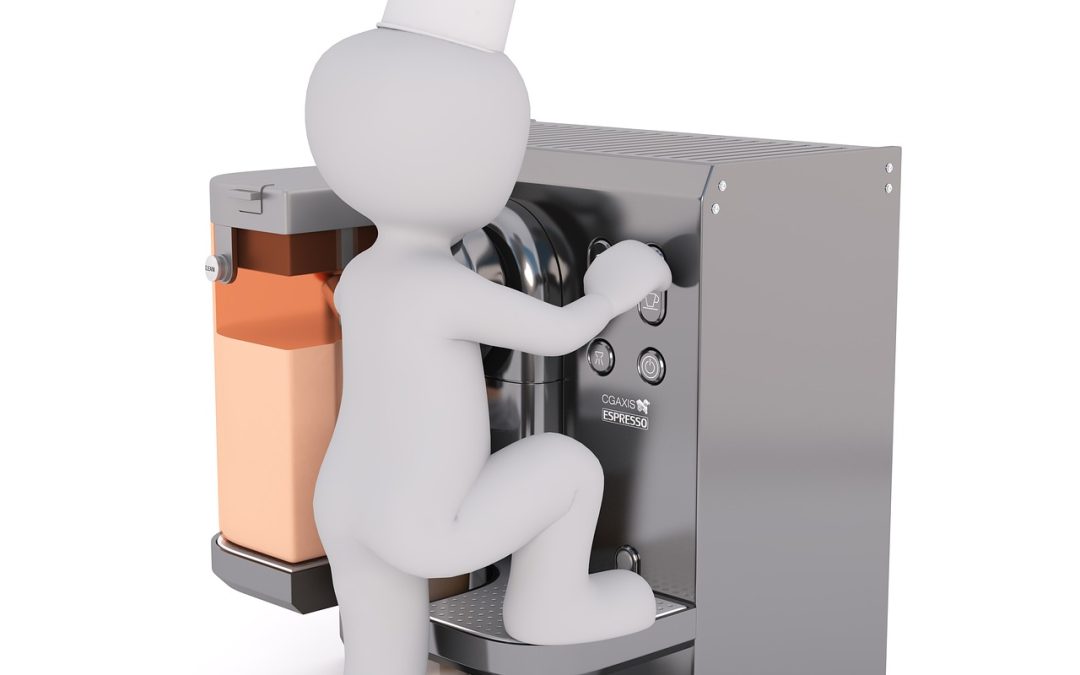Expert Commentary: Leveraging Smart Meter Data for Appliance Detection
Over the past decade, the widespread installation of smart meters by electricity suppliers worldwide has provided valuable insights into electricity consumption patterns. These devices enable suppliers to collect a vast amount of data, albeit at a relatively low frequency of one point every 30 minutes. One major challenge faced by suppliers is how to leverage this data to detect the presence or absence of different appliances in customers’ households.
This information is highly valuable as it allows suppliers to offer personalized recommendations and incentives towards energy transition goals. By understanding appliance usage patterns, suppliers can provide tailored energy-saving tips or even suggest upgrading to more energy-efficient appliances.
The task of appliance detection can be framed as a time series classification problem. However, the large volume of data, coupled with the variable length of consumption series, creates complexities when training a classifier. To address this challenge, the research paper introduced a framework called ADF (Appliance Detection Framework) that utilizes subsequences of a client’s consumption series to detect appliances.
Furthermore, the paper introduces TransApp, a Transformer-based time series classifier that leverages pretraining in a self-supervised manner. By pretraining on unlabeled data, TransApp enhances its performance on appliance detection tasks. This novel approach offers promising potential for improving the accuracy and efficiency of appliance detection algorithms.
The proposed approach was tested on two real-world datasets, including a publicly available one. The experimental results demonstrate that ADF and TransApp outperform current solutions, including state-of-the-art time series classifiers employed for appliance detection.
Overall, this paper presents a significant contribution to the field of appliance detection using smart meter data. It addresses the challenges posed by the large and variable nature of consumption series and introduces innovative methods for improving classification accuracy. By enabling better understanding of appliance usage, these advancements can aid electricity suppliers in providing tailored energy-saving recommendations and achieving their energy transition objectives.
